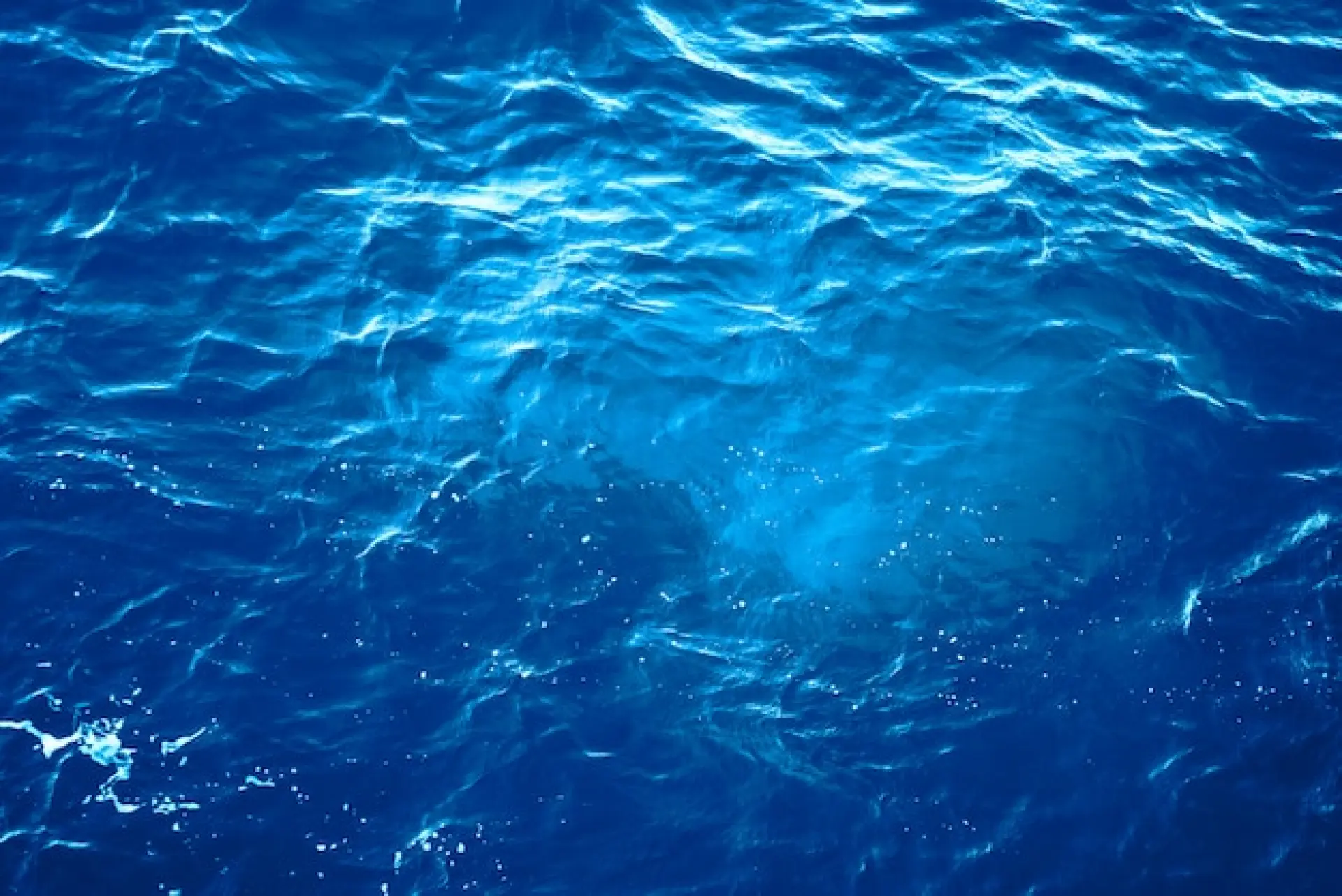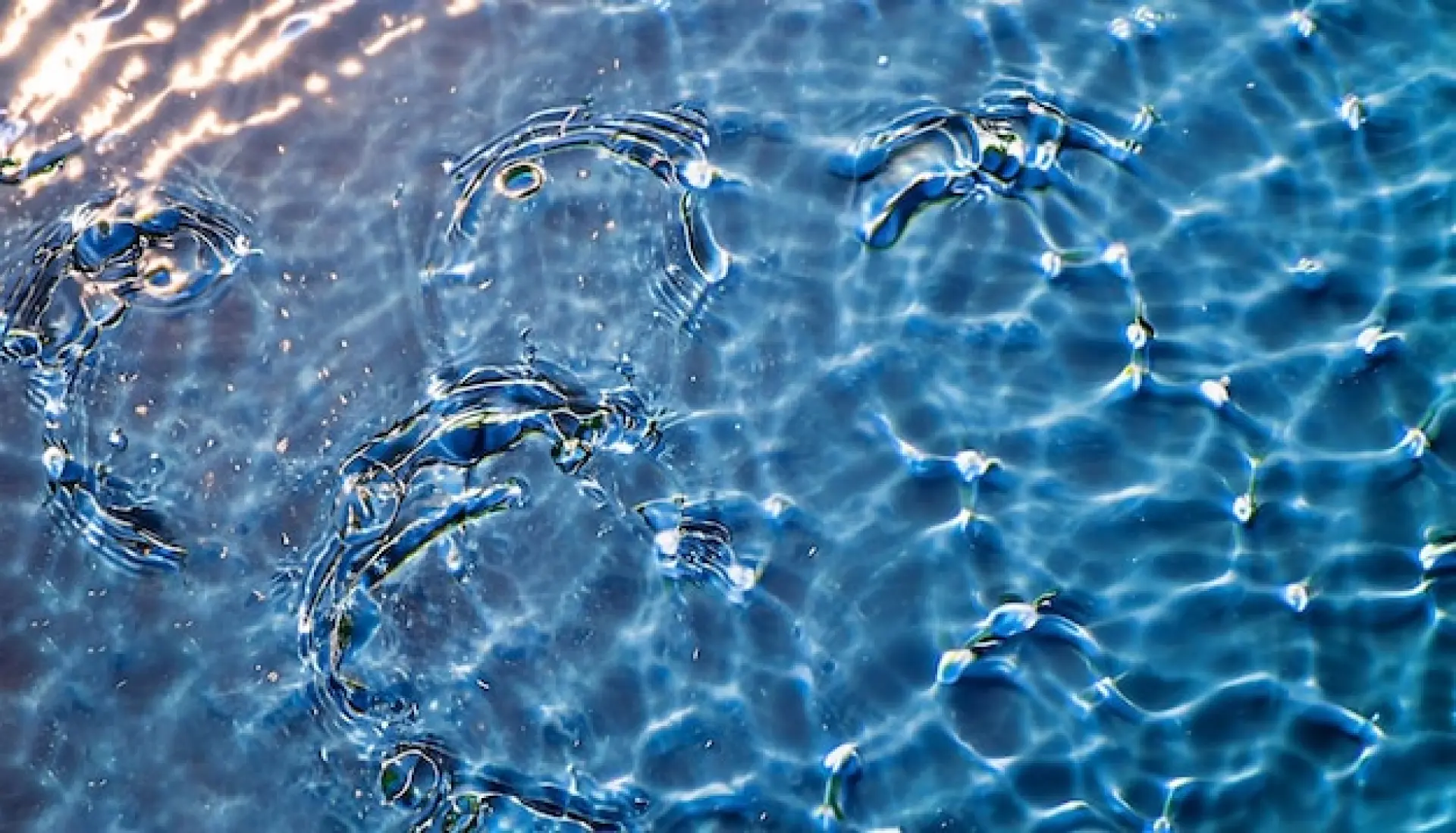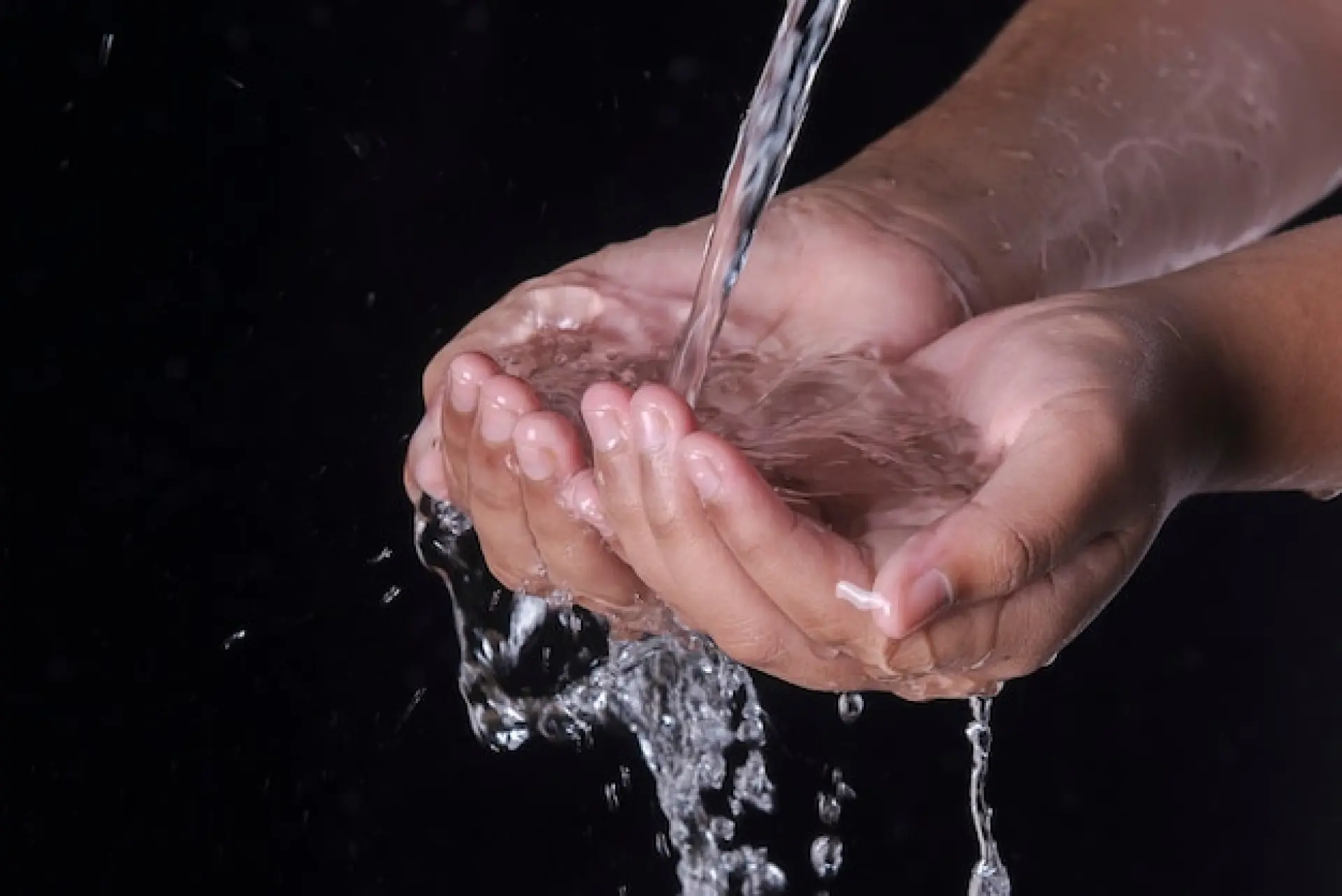Mains Chlorination Certificate Failures may arise from incorrect procedures or inadequate monitoring, optimize chlorine effectiveness with advanced techniques and real-time control.
insufficient Pre-Chlorination Cleaning
Before chlorination, mains pipes must be thoroughly cleaned to remove debris, biofilm, and contaminants. Insufficient pre-chlorination cleaning often results in ineffective disinfection, leading to failed microbiological tests. High levels of organic matter can react with chlorine, reducing its effectiveness and allowing bacteria to persist. Flushing the system thoroughly and using mechanical or chemical cleaning methods can help ensure a clean pipeline before chlorination.
Any remaining sediment or residue can cause turbidity in the water, affecting test results. To avoid certification failure, cleaning procedures must align with industry best practices, ensuring that all contaminants are removed before disinfection begins. A well-prepared system is essential for passing microbiological testing and achieving compliance with UK water standards.
Incorrect Chlorination Procedures
Applying incorrect chlorination procedures can result in ineffective disinfection, leading to certification failures. Common mistakes include using the wrong chlorine concentration, inadequate contact time, and inconsistent dosing. If the chlorine solution is too weak, it may not eliminate harmful bacteria, while excessive chlorine levels can lead to unsafe residuals and potential water quality issues.
Maintaining proper flow rates and ensuring uniform distribution of the disinfectant is crucial. Additionally, flushing the system too soon or failing to neutralise residual chlorine can impact test results. Following the recommended guidelines for chlorine dosing and ensuring all areas of the pipeline receive adequate exposure is key to meeting the required disinfection standards.

Another significant issue is poor monitoring and control of chlorine residuals throughout the mains system. It is essential to measure chlorine levels at multiple points in the network to ensure that the disinfectant is evenly distributed and effective.
In some cases, chlorination may not penetrate biofilm layers inside pipes, allowing bacteria to survive despite apparent compliance with dosing levels.
Using advanced chlorination techniques, such as shock chlorination or extended contact times, can help address persistent contamination.
Additionally, environmental factors such as temperature and pH levels can influence chlorine effectiveness. Warmer temperatures can accelerate chlorine breakdown, while high pH levels can reduce its disinfectant power.
To improve success rates, operators should conduct real-time monitoring, adjust dosing accordingly, and verify that all sections of the mains system receive proper treatment.
Failure to Meet Microbiological Standards
One of the main reasons for mains chlorination certificate failures is the inability to meet microbiological standards. After chlorination, water samples must be free from harmful bacteria, including coliforms and E. coli.
Contamination can result from inadequate disinfection, ineffective flushing, or the presence of biofilm within the pipework. If the chlorine residual is insufficient or inconsistent, bacteria may survive, leading to failed tests. Even minor lapses in cleaning or exposure time can result in microbial regrowth.
To prevent failures, water samples should be taken after a controlled disinfection process, with proper neutralisation to avoid false readings. Ensuring compliance with microbiological standards is essential for obtaining certification and maintaining water safety.
Improper Sampling and Testing Methods
Incorrect sampling and testing procedures can lead to unreliable results, causing mains chlorination certificate failures. Poor sampling techniques, such as using unsterilised bottles or collecting samples from inappropriate locations, can introduce contamination and affect test outcomes. Water samples should be taken from designated points under controlled conditions, following industry best practices. Inadequate sample handling, storage, or transport can also compromise accuracy.
Temperature fluctuations, delays in laboratory processing, or incorrect neutralisation of chlorine residuals may distort microbiological findings. Ensuring that samples are collected, stored, and tested according to UK water regulations is crucial for obtaining valid results and preventing unnecessary certification failures.

Another critical factor is the lack of a structured and standardised sampling plan. Water samples should be taken at representative points in the system to ensure accurate results, rather than relying on a single location.
Some failures occur because samples are taken too soon after chlorination, leading to false readings of residual disinfectants that may not reflect the actual microbial quality of the water.
Conversely, waiting too long before testing can allow bacteria to recolonise, causing misleading results.
Laboratories conducting the tests must also follow strict quality control measures, including the use of accredited testing methods and appropriate storage conditions to prevent bacterial growth during transportation.
Ensuring proper sample collection, timing, and laboratory procedures is essential to obtaining reliable test results and securing certification.
Failure to Adhere to UK Water Regulations
Strict compliance with UK water regulations is essential for obtaining a mains chlorination certificate. Failure to follow industry standards, such as those set by the Water Supply (Water Quality) Regulations, can result in certification rejection. Non-compliance may involve improper disinfection methods, incorrect chlorine dosing, or failure to meet microbiological and chemical limits.
Additionally, neglecting proper documentation and record-keeping can lead to regulatory issues. Water providers and contractors must ensure that all procedures align with UK guidelines, including correct cleaning, disinfection, and testing protocols. Adhering to the necessary regulations not only helps in passing certification but also ensures the safety and quality of drinking water systems.
At Dynamika UK Ltd, we can keep your water safe from harmful bacteria and odours with our chlorination service. We follow industry-approved methods to prevent Legionella and other harmful microorganisms from growing and spreading in your water tank.
